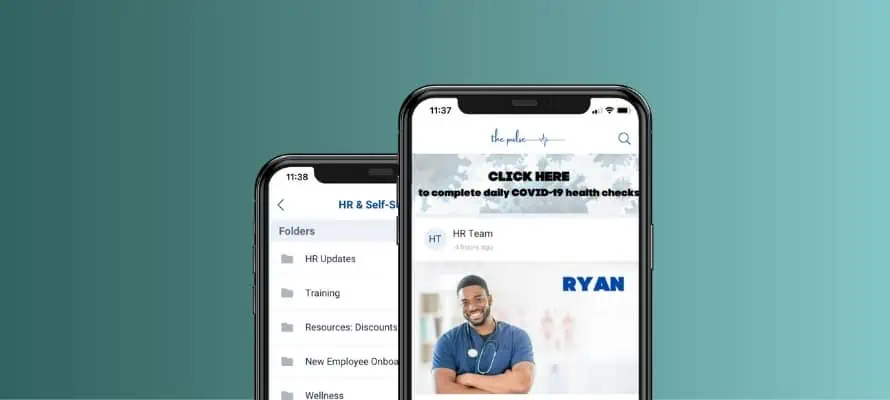
A good HR communication strategy is something every organization needs. HR-related messages are critical for daily operations, employee safety, onboarding and offboarding (two key pillars of the employee experience), and so much more. And yet…employees don’t always engage with mission-critical comms the way we hope they would. Here are three ways to start fixing that and improve HR communication.
Just because you think you’ve explained your HR programs and requests simply, doesn’t mean your employees understand. We all have different learning styles, educational backgrounds, and experiences. What makes sense for a portion of your employee population, might go over the heads of the others.
Take employee benefits for example. Benefits can be confusing. In fact, only 19% of employees actually understand their benefits. Perhaps that’s why your employee open enrollment programs don’t go the way you hope. It will be hard to hit your human resources goals without first understanding your employees, what they struggle with, and what they want in the first place.
So, it’s important to get a baseline of your employee population. Through surveys and focus groups, determine what their current level of understanding is about key topics like benefits and compliance. And try to determine what additional channels or mediums would improve understanding. Do you need more videos that explain things? Do you need more workshops and sessions employees can attend?
Internal communication professionals know that sharing the “why” or “so what” behind a message is vital for employees to understand the message and want to comply. The same is true for your HR comms.
You have to explain the benefits and reasons why you’re communicating about something. Compliance communication isn’t just about the company checking a box—it’s about following rules and regulations that are there to protect the employee and customers. Benefits communication is about more than just getting employees to be aware of their options, but to understand how each individual benefit helps them.
[optin-monster slug=”igqu7gcqha6u4sr3s6fc” followrules=”true”]
HR communication often happens in annual cycles. There’s annual training, open enrollment, compliance, onboarding, off-boarding, the list goes on. But this gives you a huge opportunity.
You have years worth of data to look at and determine what has been successful and what realistic goals and targets are. Set these benchmarks and remember to include employee feedback in your data when you sit down to strategize with the internal comms team.
And if using data to drive your communication strategy is new or challenging for you, start by checking out our free guide on analytics and measurement.
And then start planning. Most HR communication is known in advance, which means you can begin planning your strategies months ahead of time and have an adequate runway for planning your communications campaigns. This will also prevent you from scrambling to create new assets and materials.
Once a campaign is over, dig into the data. What worked and what didn’t? What might need more testing before you can make a judgment call? Can you bring your focus group back together to see what they thought about the new approach? And start planning for how you’ll do the next campaign better.
[optin-monster slug=”gqorn0natkqgyrtjvr6i” followrules=”true”]
Use these four steps to improve HR Comms in the mobile world.
Improving engagement doesn't have to cost you.
Ask these 10 questions to learn if you need a mobile employee app.


